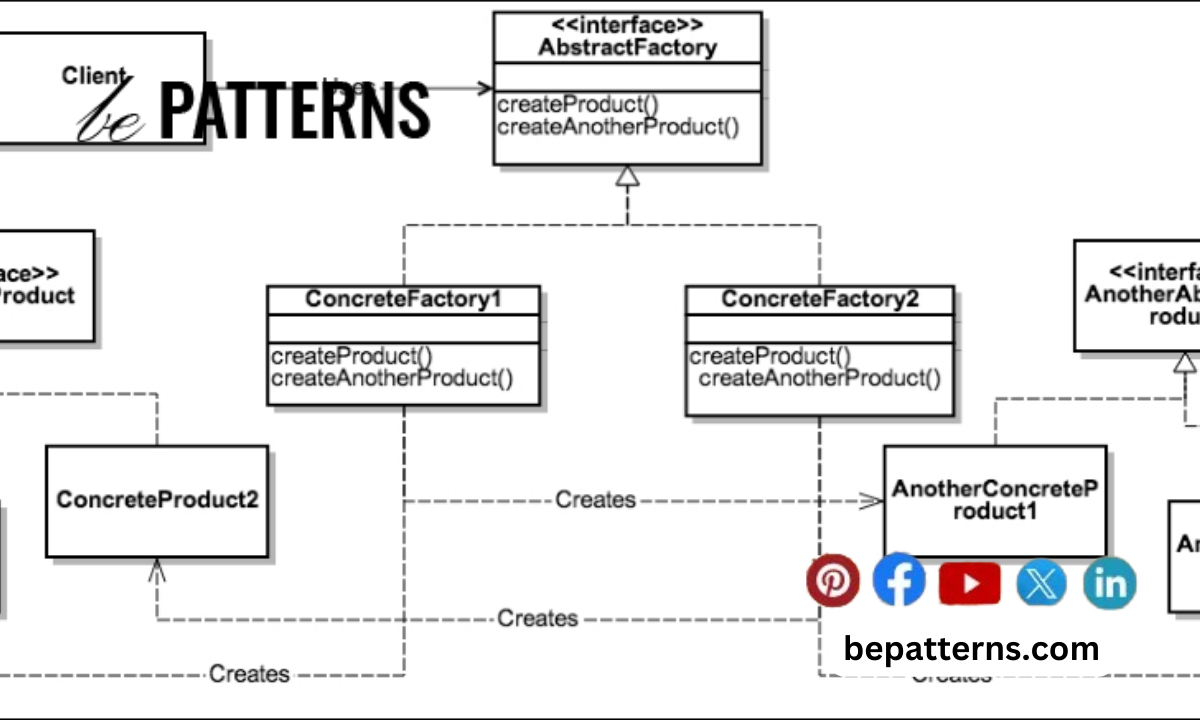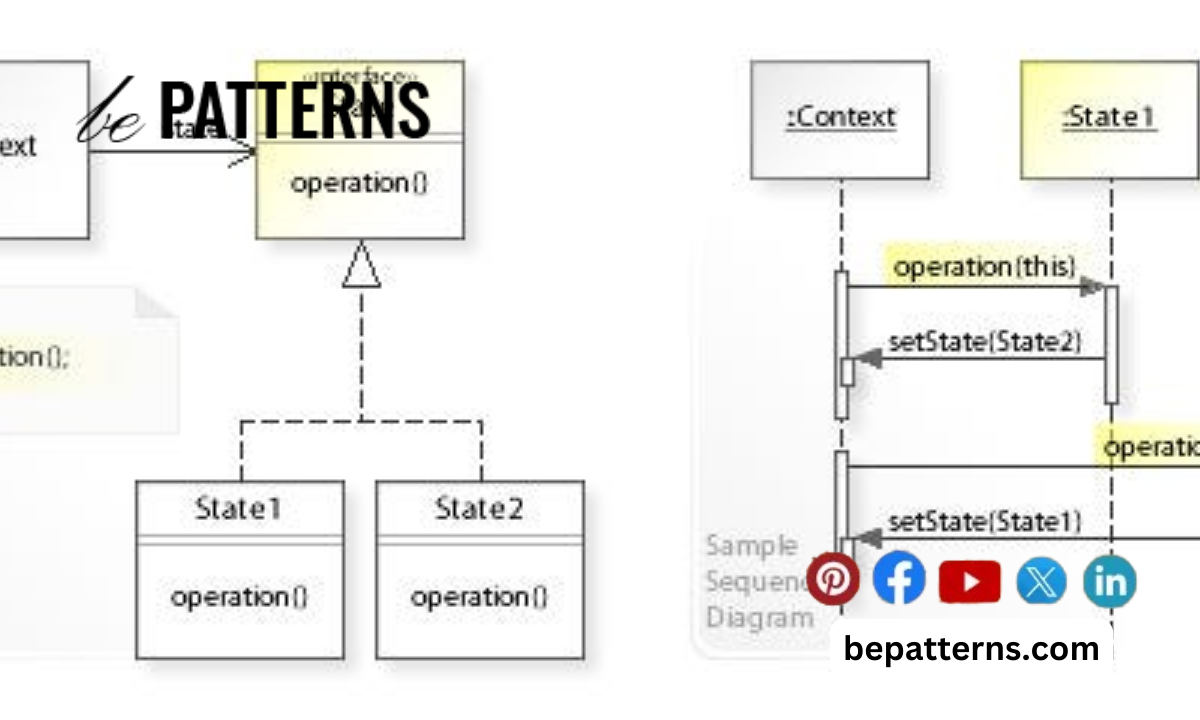To make design patterns in Python, you need to understand Object-Oriented Programming (OOP) principles and Software Design fundamentals. Resources like “Design Patterns in Python by Timothy Budd PDF” and courses offer valuable insights. Explore examples on GitHub and tutorials on YouTube. Use Python 3 for implementation, focusing on Creational, Structural, and Behavioral design patterns to improve Software Architecture and Code Reusability.
Design patterns in Python
To understand design patterns in Python, start with the basics. Design patterns are reusable solutions to common problems in software design. They help streamline development and improve code maintainability. A good Python design patterns tutorial introduces fundamental concepts like the singleton design pattern and provides Python pattern examples. By mastering design patterns, you’ll write more efficient code and understand what is a design pattern in Python and what are patterns in Python.

Have you ever wondered what are design patterns in Python? Design patterns are a way of structuring code to make it easier to read and maintain. In Python, several design patterns can be used to create efficient, reusable, and extensible code. This blog post will discuss the different types of design patterns available in Python and how they can be used to create better code. We’ll also explore some of the best practices for using design patterns in Python, so you can make the most out of them. So, let’s dive right in and learn more about design patterns in Python!
What is a Design Pattern?
Design patterns are reusable solutions to common problems that can be used in software development. They are commonly used by experienced developers to structure their code and create efficient, high-performing applications. Design patterns provide a way to capture proven designs and methods and apply them across different programming languages. In the Python programming language, these design patterns help developers create concise, maintainable, and well-structured code. They are essential for anyone looking to create complex projects or applications.
Design patterns usually follow a set of guidelines that can be adapted for any type of problem. By understanding the underlying principles, developers can apply them to their projects. Design patterns are not specific to any particular language, but they do need to be adapted for different programming languages. In Python, there are a few specific design patterns that are helpful for developers to know about.
The most common design patterns
Design patterns are recurring solutions to common programming problems. They provide an organized way of thinking about how best to solve a problem and can be used to design software in an efficient and reusable way. In Python, several popular design patterns are used to structure applications and create maintainable code.
The most common design patterns include the following:
- Model-View-Controller (MVC): The MVC pattern is used for designing user interfaces. It separates the application into three distinct components: the model (data layer), the view (UI layer), and the controller (business logic). This separation of concerns makes it easier to maintain the application and make changes as needed.
- Singleton: The singleton pattern is used when you need to have only one instance of a class in an application. This ensures that all parts of the application use the same instance of the class and prevents multiple instances from being created.
- Observer: The observer pattern is used to allow objects to observe other objects and be notified of any changes in their state. This is useful for maintaining consistency across an application or for building event-driven systems.
- Factory: The factory pattern is used for creating objects. It allows the application to delegate object creation to a separate class and makes it easier to maintain the code by hiding implementation details from the client code.
- Adapter: The adapter pattern is used for converting one interface into another. This allows existing classes with incompatible interfaces to work together without having to rewrite existing code.
- Strategy: The strategy pattern is used for selecting algorithms at runtime. It is useful for creating extensible applications that can easily switch between different algorithms or behaviors.
- Command: The command pattern is used for encapsulating actions as objects. This makes it easier to undo, redo, and log actions in an application.
By understanding and applying these design patterns, you can create robust, maintainable code in Python.
How to use Design Patterns in Python?
Design patterns are a powerful way to create robust and maintainable software applications. Fortunately, Python has several design patterns that you can use to structure your code and create reliable systems.

The most commonly used Python design patterns are the factory pattern, the singleton pattern, the builder pattern, the prototype pattern, the decorator pattern, the command pattern, the observer pattern, and the template method pattern. Each of these patterns offers a unique solution for different coding problems, so it’s important to understand what each one does and how it can help your project.
To use a design pattern in Python, you need to define its interface. This means setting up a class or function that will handle all the functionality associated with that particular pattern. Once you have the interface in place, you can then call it whenever you need to. This makes your code much more organized and easier to read, as well as makes it more maintainable over time.
One of the great things about using design patterns in Python is that they are often very easy to incorporate into existing code. This makes them ideal for existing projects that need to be refactored or expanded.
Another advantage of using design patterns in Python is that they provide a consistent way of writing code across multiple projects. This means that if you know how to use a certain design pattern, you will be able to use it on other projects without having to learn a new language.
When it comes to writing code with design patterns in Python, it’s important to keep in mind that each pattern has its particular syntax and structure. That’s why it’s always a good idea to read up on the specific pattern you want to use before implementing it into your code.
Overall, using design patterns in Python can help you create robust and maintainable software applications. Just make sure you have a clear understanding of the pattern before you start coding and you should have no problem integrating them into your project.

One thought on “Design Patterns in Python: Master 5 Essential Patterns for Clean Code”